 The Victorian lunatic asylum has a special place in history. Dreaded and reviled by many, these nineteenth-century buildings provide a unique window on how the Victorians housed and treated the mentally ill.  True Decadence is really two superb books in one: the inimitable art of Franz,Marquis von Bayros complemented by Venus in Furs, the literary masterpiece of Leopold von Sacher- Masoch.  This book is about people who live alone. It is a collection of intimate portraits of 50 people photographed in their homes. The photographs are accompanied by excerpts of the subjects' interviews with the author, in which they discuss a variety of topics: their homes, their work, their hobbies, their romantic lives, their families, past troubles or triumphs, and living alone itself. Historically, living alone has been seen as an aberration—a temporary detour on the road to finding a partner. More people are living alone than ever before, and this book reveals that this ever-growing segment of our society is as richly varied as our society as a whole. 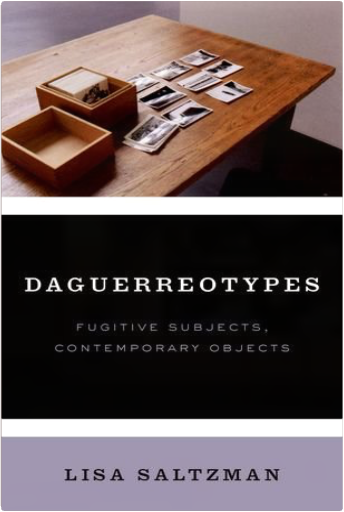 In the digital age, photography confronts its future under the competing signs of ubiquity and obsolescence. While technology has allowed amateurs and experts alike to create high-quality photographs in the blink of an eye, new electronic formats have severed the original photochemical link between image and subject. At the same time, recent cinematic photography has stretched the concept of photography and raised questions about its truth value as a documentary medium. Despite this situation, photography remains a stubbornly substantive form of evidence: referenced by artists, filmmakers, and writers as a powerful emblem of truth, photography has found its home in other media at precisely the moment of its own material demise. 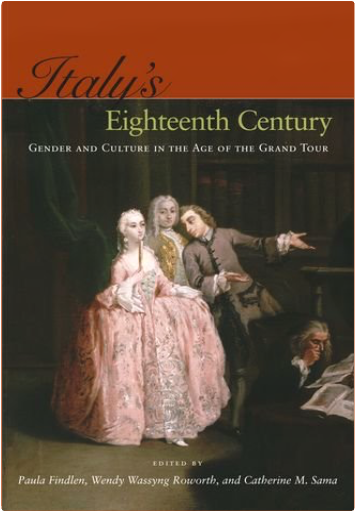 In the age of the Grand Tour, foreigners flocked to Italy to gawk at its ruins and paintings, enjoy its salons and cafés, attend the opera, and revel in their own discovery of its past. But they also marveled at the people they saw, both male and female. In an era in which castrati were "rock stars," men served women as cicisbei, and dandified Englishmen became macaroni, Italy was perceived to be a place where men became women. The great publicity surrounding female poets, journalists, artists, anatomists, and scientists, and the visible roles for such women in salons, academies, and universities in many Italian cities also made visitors wonder whether women had become men. Such images, of course, were stereotypes, but they were nonetheless grounded in a reality that was unique to the Italian peninsula. This volume illuminates the social and cultural landscape of eighteenth-century Italy by exploring how questions of gender in music, art, literature, science, and medicine shaped perceptions of Italy in the age of the Grand Tour. | 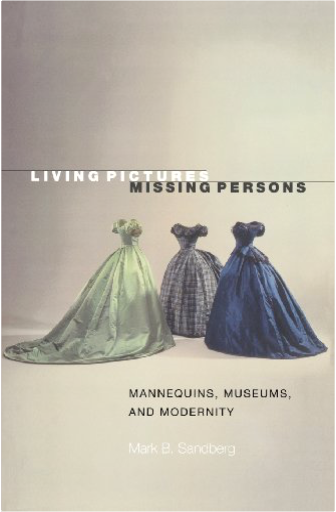 In the late nineteenth century, Scandinavian urban dwellers developed a passion for a new, utterly modern sort of visual spectacle: objects and effigies brought to life in astonishingly detailed, realistic scenes. The period 1880-1910 was the popular high point of mannequin display in Europe. Living Pictures, Missing Persons explores this phenomenon as it unfolded with the rise of wax museums and folk museums in the largest cities of Denmark, Sweden, and Norway. Mark Sandberg asks: Why did modernity generate a cultural fascination with the idea of effigy? He shows that the idea of effigy is also a portal to understanding other aspects of visual entertainment in that period, including the widespread interest in illusionistic scenes and tableaux, in the "portability" of sights, spaces, and entire milieus. 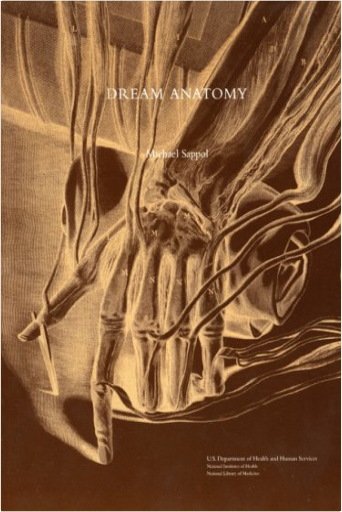 In antiquity, the human body’s internal structure was subject to speculation, fantasy, and some study, but there were few efforts to represent it in pictures. The invention of the printing press in the 15th century helped to inspire a new spectacular science of anatomy and equally spectacular visions of the body. Dream Anatomy, a lavishly illustrated new publication from the National Library of Medicine, is filled with the anatomical imagery made possible by the printing press, ranging from the detailed and informative to the beautiful, whimsical, surreal, and grotesque. This new catalogue, based on the National Library of Medicine’s milestone Dream Anatomy exhibition, displays the anatomical imagination in some of its most astonishing incarnations, from the fourteenth century to present. This fascinating medical art book, filled with rare color illustrations, includes: 170 photos and illustrationsInsightful descriptive textInformative description of the print technologies of anatomical illustrationHistory of anatomy timelineFull exhibition checklistExhibition credits  Founded 175 years ago, the National Library of Medicine is the world’s largest medical library, with more than 17 million items dating from the 11th century to the present in its holdings. Today it is home to a rich worldwide heritage of objects, from the rarest early medical books to delightful 20th-century ephemera, artifacts, and documentary and animated films. Despite more than a century and a half of classification and cataloging, buried in the sheer mass of this collection are wondrous items largely unseen by the public and obscure even to librarians, curators, and historians. The individual objects brought to light in this book glow with beauty or grotesquery or wit or calamitous tragedy and include spectacular large-scale, color-illustrated medical books; rare manuscripts; pamphlets and ephemera; magic lantern” slides; toys; stereograph cards; scrapbooks; film stills; posters; and more from the 13th to the 20th century, from Europe, Africa, North America, and Asia. Specially selected and showcased in Hidden Treasure, they once again speak to us, charm us, repulse us, amaze us, inform us, and intrigue us.  A Traffic of Dead Bodies enters the sphere of bodysnatching medical students, dissection-room pranks, and anatomical fantasy. It shows how nineteenth-century American physicians used anatomy to develop a vital professional identity, while claiming authority over the living and the dead. It also introduces the middle-class women and men, working people, unorthodox healers, cultural radicals, entrepreneurs, and health reformers who resisted and exploited anatomy to articulate their own social identities and visions. |

Morbid Anatomy Museum
Collection Total:
1,253 Items
1,253 Items
Last Updated:
Jan 26, 2016
Jan 26, 2016


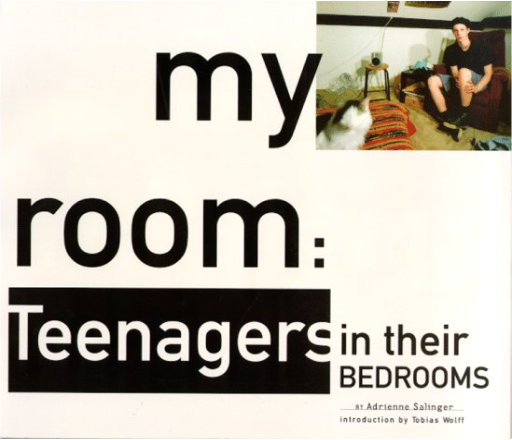
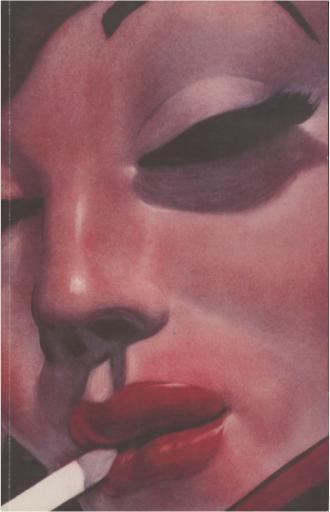

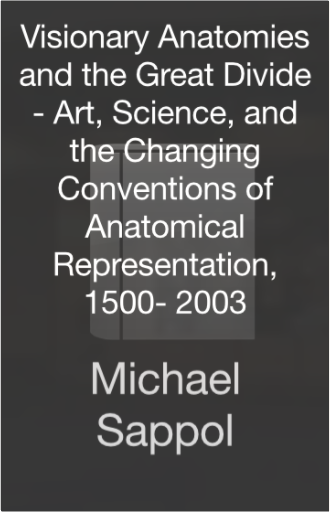
 Made with Delicious Library
Made with Delicious Library